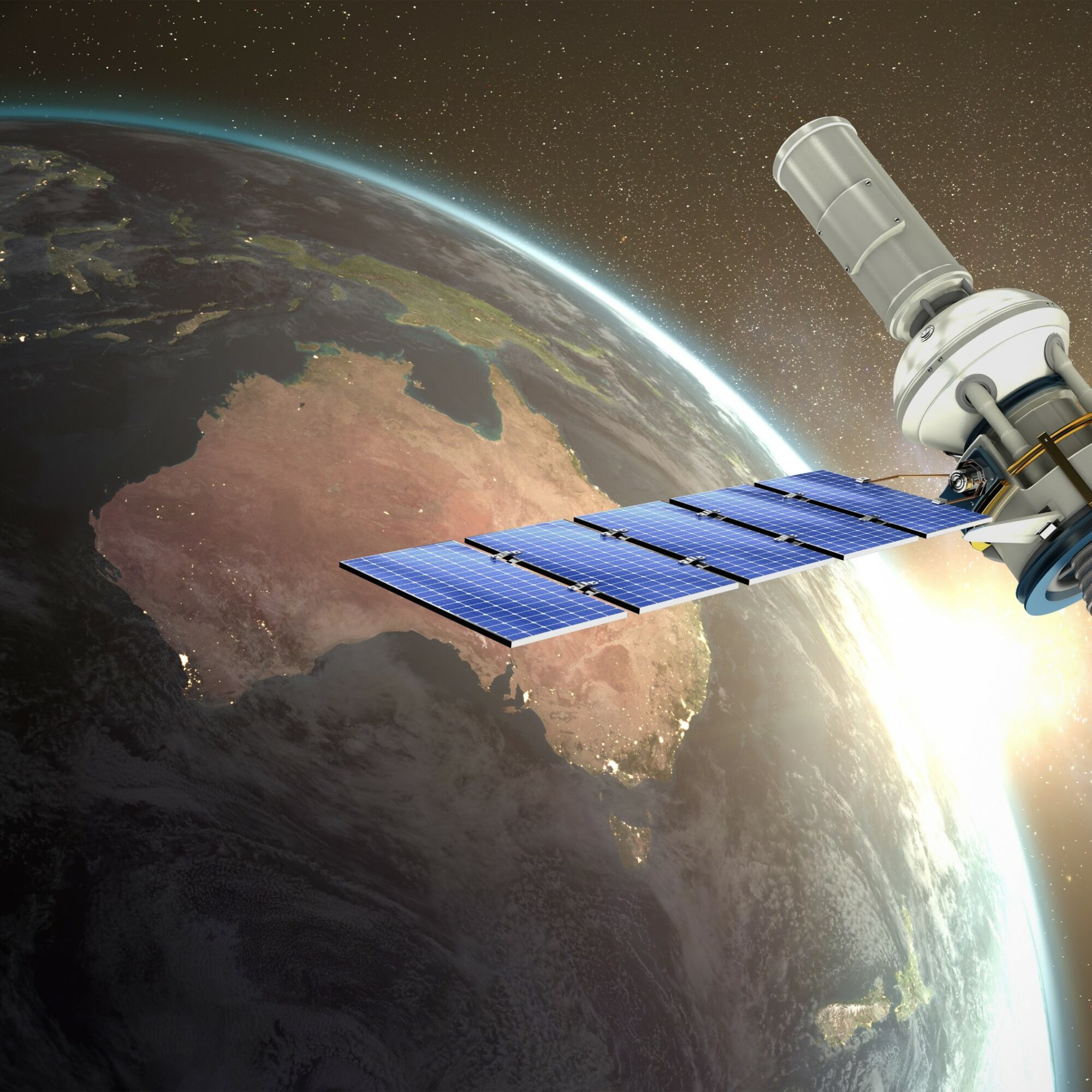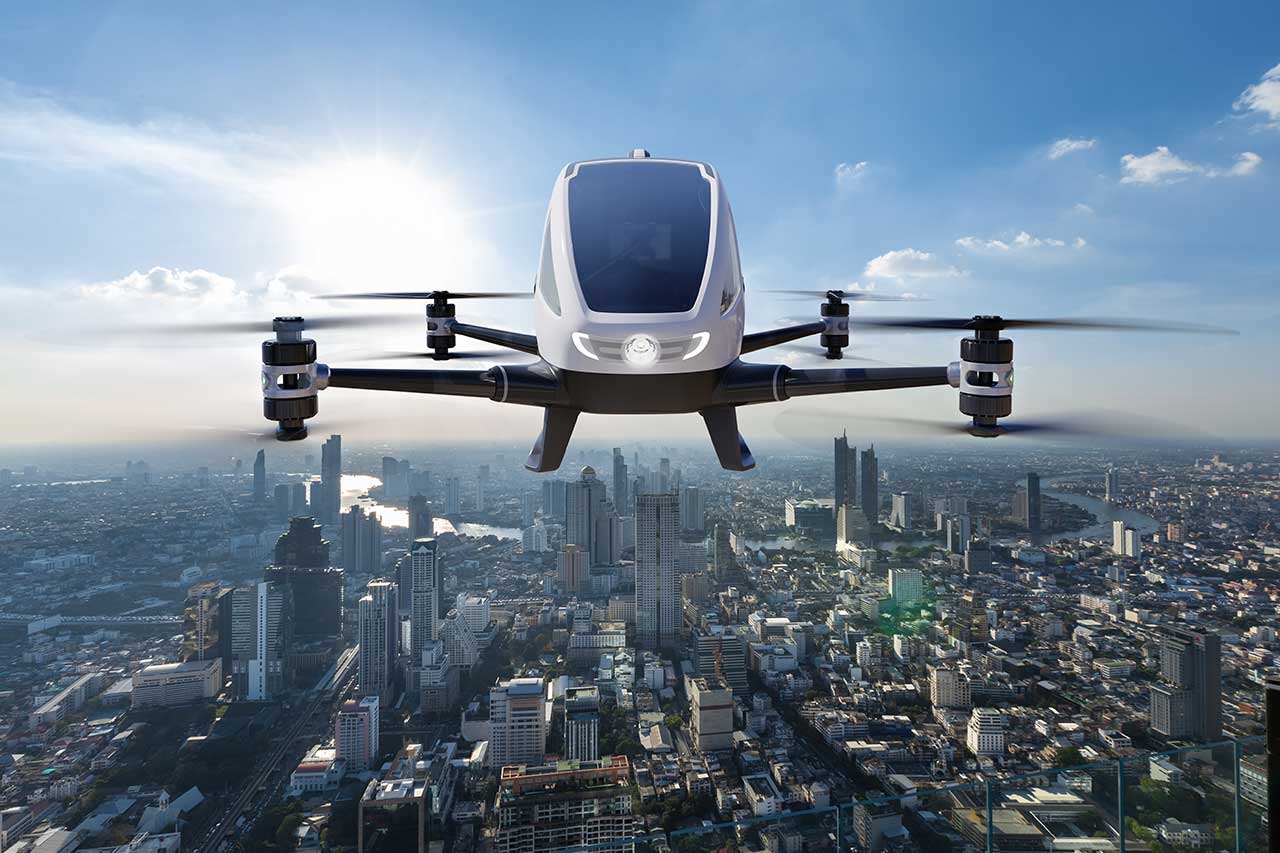Increased interest over the last 10 years
The number of scientific publications, as well as patent applications, has increased sharply since the beginning of the 2010s. This is in line with the announced willingness of the various international entities to put into orbit these space-based solar power stations.


The technological challenge of orbital solar power plants
For an orbital solar power station (CSO or SPS for Space-based solar Power Station), the transmission of solar energy captured in space remains a technological challenge. Two approaches coexist and still present major technical, economic and regulatory challenges.

Orbital solar power plants: a subject of innovation to be followed closely
Despite the fact that the progress of current projects is still limited, and that the number of publications and patents on the subject of orbital solar power plants is still relatively low, the challenges linked to clean energy are growing rapidly.
Technological innovation in the field of energy will play a crucial role in achieving the objectives of carbon neutrality by 2050, as well as in strengthening the energy sovereignty of States.
Technological innovation in the field of energy will play a key role in achieving the objectives of carbon neutrality by 2050, as well as in strengthening the energy sovereignty of States. Alcimed can support you in your projects related to carbon neutrality.
About the author,
Alexis, Consultant in the Chemistry and Materials team of Alcimed in France






